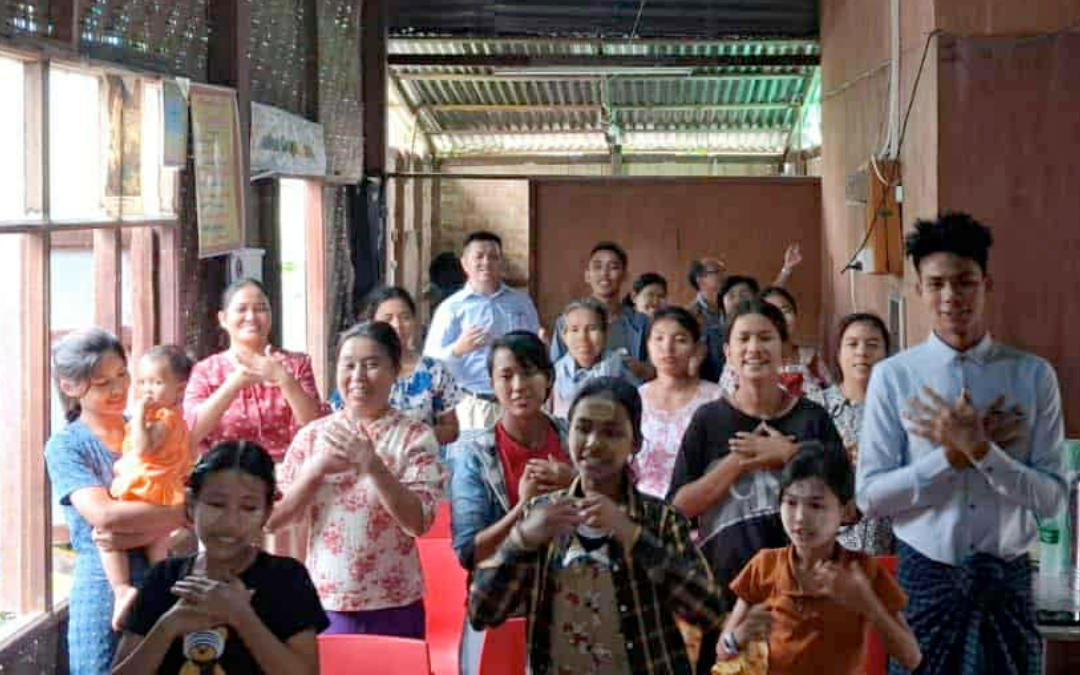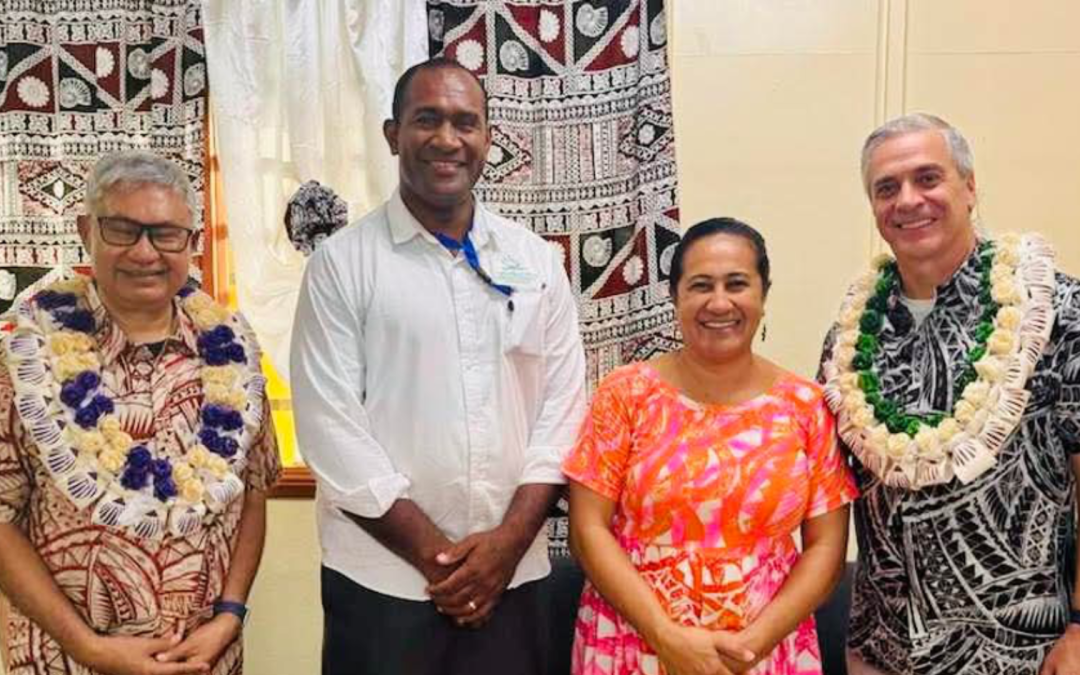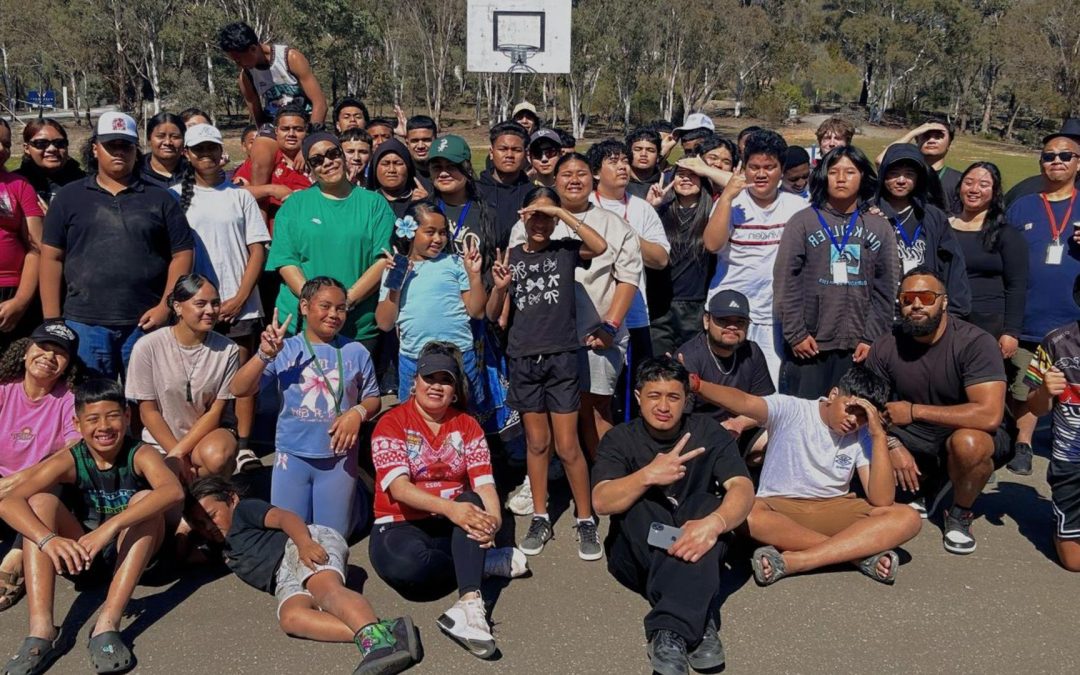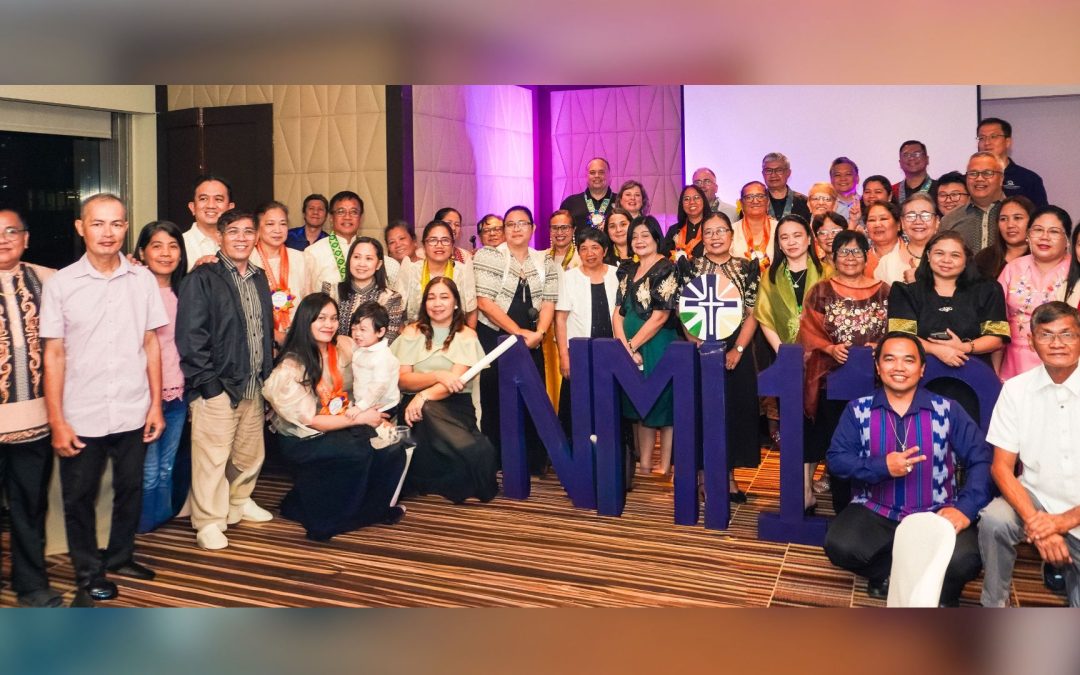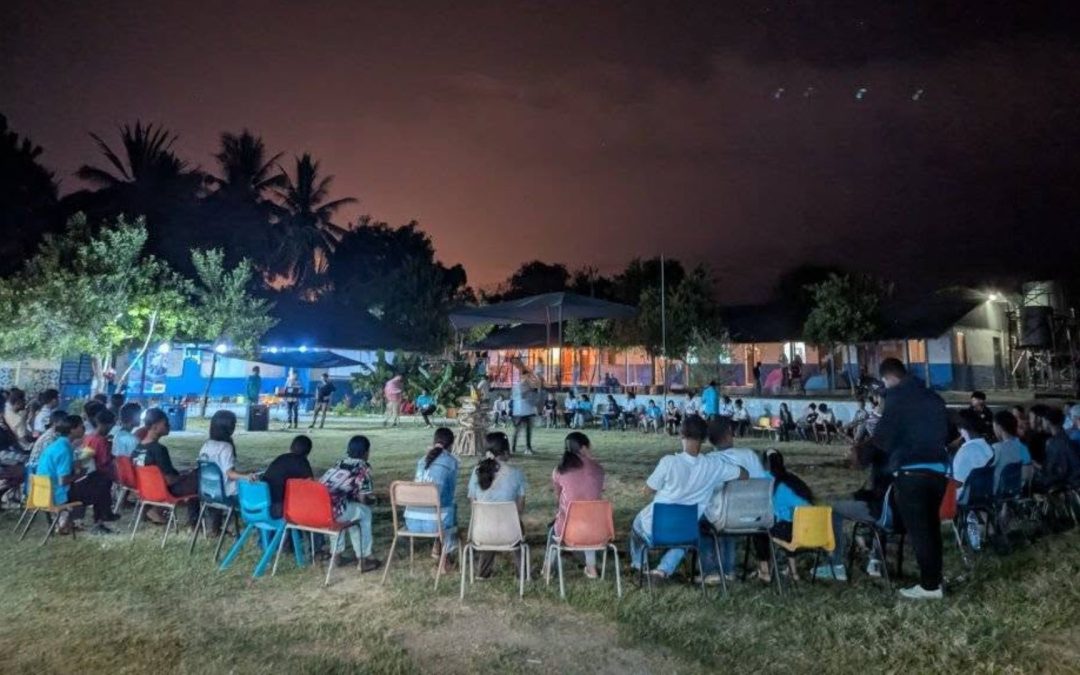Craig Greenfield:
Everyone loves “participation” and “empowerment”. A lot of people talk a good “partnership” game.
But there is partnership. And then there is partnership. You know what I mean?
A lot of what we do in ministry superficially looks like partnership or empowerment. But when you scratch the surface, it is really just plain old manipulation or even DISempowerment.
To unpack this problem, Professor Jules Pretty, of the University of Essex has come up with a Typology of Participation – which lists 7 levels of participation. Gena Thomas, a former missionary in Mexico, has adapted his typology to apply it to Short Term Mission trips in her brand new book, A Smoldering Wick.
Here’s my slightly edited version. Take a look through and see if any of these types of partnership resonate with you…
1. Passive Participation
People “participate” by being told what has already been decided or has already happened.
Example: Your church has a plan to send a team of 15 people, young and old to Mexico. The plan is for the team to paint houses because it is one of the only projects all 15 members can participate in, and allows the trip to span a wide age gap. The Mexican pastors say, “It would be great if you could do this instead…” Your church leader redirects the conversation and says all they can offer at this time is a house-painting team.
2. Token Participation
Participation is token or simply a pretense.
Example: Your church tells a church in Mexico it plans to send a team to paint houses over the summer. Your church asks the Mexican church to come up with a list of ten people’s houses they can paint. Your church never asks if there are other needs within the church’s community or if painting these houses will address any need at all. They simply ask for the list of ten houses and plan the trip accordingly. The pretense is that the Mexican church is “participating” by choosing the ten.

“Who believes in empowering, not overpowering?” “We do!”
3. Superficial Participation
People participate by being superficially consulted, without being offered an equal partnership in decision-making.
Example: Your church already has the 15-member house-painting trip in mind, but when it calls Mexico, it asks the Mexican church what it needs most. Instead of really listening and then responding to that need, your church still plans to paint houses.
4. Incentivized Participation
People participate by contributing resources, for example labor, in return for food, cash or other material incentives, without any stake in leadership or decision-making.
Example: Your church asks the Mexican church to have those who want their houses painted to contribute to the labor of their house being painted, whether by cooking for the team or by painting themselves.
5. Functional Participation
People participate in shared decision making, but only after major decisions have already been made by outsiders. At worst, local people may simply be co-opted to serve external goals.
Example: Your church asks the Mexican church to form groups within the church to help paint houses. One of the goals of the project is to form deeper bonds between the locals in these groups. Those groups contribute to buying the paint, paintbrushes, rags, and rollers.
6. Interactive Participation
People participate in joint analysis of the needs and development of plans. As locals take control over decisions and determine how available resources are used, so they have a stake in maintaining the ongoing activity.
Example: Your church has invested in relationships with members from the Mexican church prior to this trip. The two groups have decided that there is a real need for house painting among a group of church members. The two churches work together equally throughout the planning, implementing, and evaluating of this house-painting project. Together they determine who should get their house painted and why, so that when neighbors ask why they can’t have their house painted, the locals have a good reason, and jealousy is minimized.
7. Self-Mobilization
People take leadership initiative independently of outsiders. They develop contacts with outsiders for supplementary resources and any technical advice they need, but retain control over how those resources are used.
Example: A group of teenagers from the Mexican church’s youth group have already started reaching out to the elderly in the congregation by painting their houses, usually painting 1-2 a weekend. Your church already has a relationship with this Mexican church and has asked the youth pastor if they can send a team down to partner with, and learn from, this house-painting group.
So, where do you see your partnership? Do any of these categories ring a bell? How could you go deeper into a more meaningful level of partnership?
To help spark ideas, here are 7 quick tips for your cross-cultural church partnerships:

- Consider ways you can learn from each other. Don’t just come in as the “experts”.
- Rather than offering direct training, consider how you might “Trainer the Trainers” – so that the teaching can continue on after you leave.
- Use terms like “Vision Trip” or “Learning Exchange” instead of “Short Term Mission Trip” so that participants go with a different posture.
- As a group brainstorm where your activities lie on the spectrum between working “with” local people and working “for” them. Consider ways to move closer to “with”.
- Commit to have leaders from your church visit more than once over several years and build a strong mutual relationship with the leaders of the partner church.
- Whenever possible, seek to stay with local host families, rather than in a hotel or guesthouse, so that you can learn from them.
- Commit to meeting together as a team multiple times AFTER your return home to hold each other accountable for ongoing learning and change.


